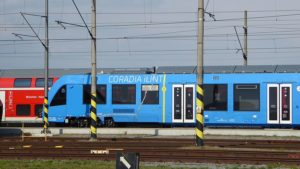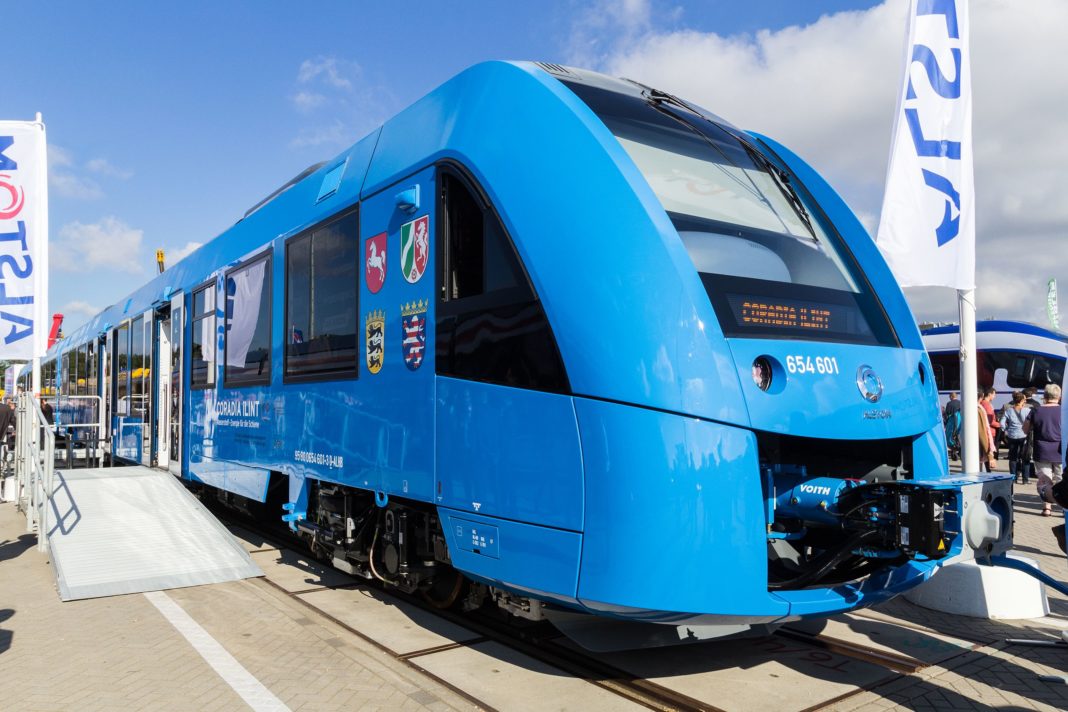Coradia iLint, the latest in the Coradia range of modular trains manufactured by Alstom Transport, is the world’s first passenger train to use hydrogen fuel cells for traction power. It is a low-floor passenger train that combines sustainable features such as clean energy conversion, flexible energy storage, and smart management of the traction power and energy.

Alstom unveiled the Coradia iLint zero-emission train at the InnoTrans exhibition held in Berlin in September 2016. It successfully conducted the first test run of the Coradia iLint train in March 2017. The train attained a speed of 80km / h on the company’s test track in Salzgitter in Lower Saxony during the trial.
Coradia iLint is based on Alstom’s flagship Coradia Lint 54 diesel train and is suitable for operations on non-electrified networks. Trains are currently being manufactured in Salzgitter, Germany.

The train was approved by the German Railway Office (EBA) for passenger services in Germany in July 2018.
Two pre-series Coradia iLint hydrogen fuel cell trains supplied by Alstom started operating in Lower Saxony in September 2018 and completed a successful trial operation in May 2020.
The fuel cell composition and hydrogen fuel tank are placed on the roof of the train while the lower portion of the train is fitted with the traction motor, traction inverter, AC / DC and DC / DC converter, auxiliary converter and battery composition.

The train can carry 150 seated passengers and 150 standing passengers. It is capable of attaining a range of up to 1,000km at a maximum speed of 140km / h. Energy storage and intelligent management systems onboard the vehicle ensure low energy consumption. Electricity required for the traction drive and on-board systems is supplied by a fuel cell, which generates energy by combining the stored hydrogen with oxygen in the air. Kinetic energy recovered during braking and surplus energy generated by the fuel cell is stored in lithium-ion batteries. Excess energy is supplied for normal operations, as well as during acceleration phases of the train.
According to Wikipedia; railway-technology















